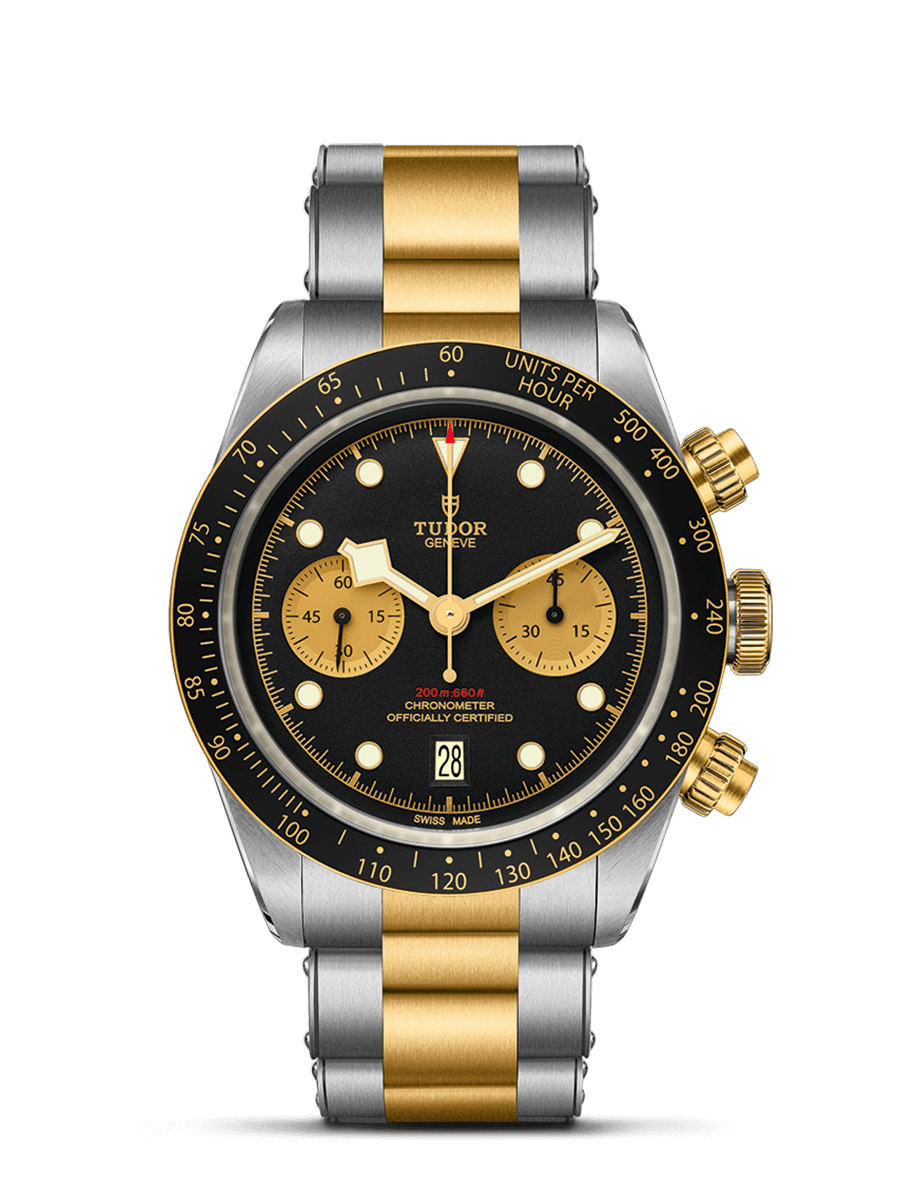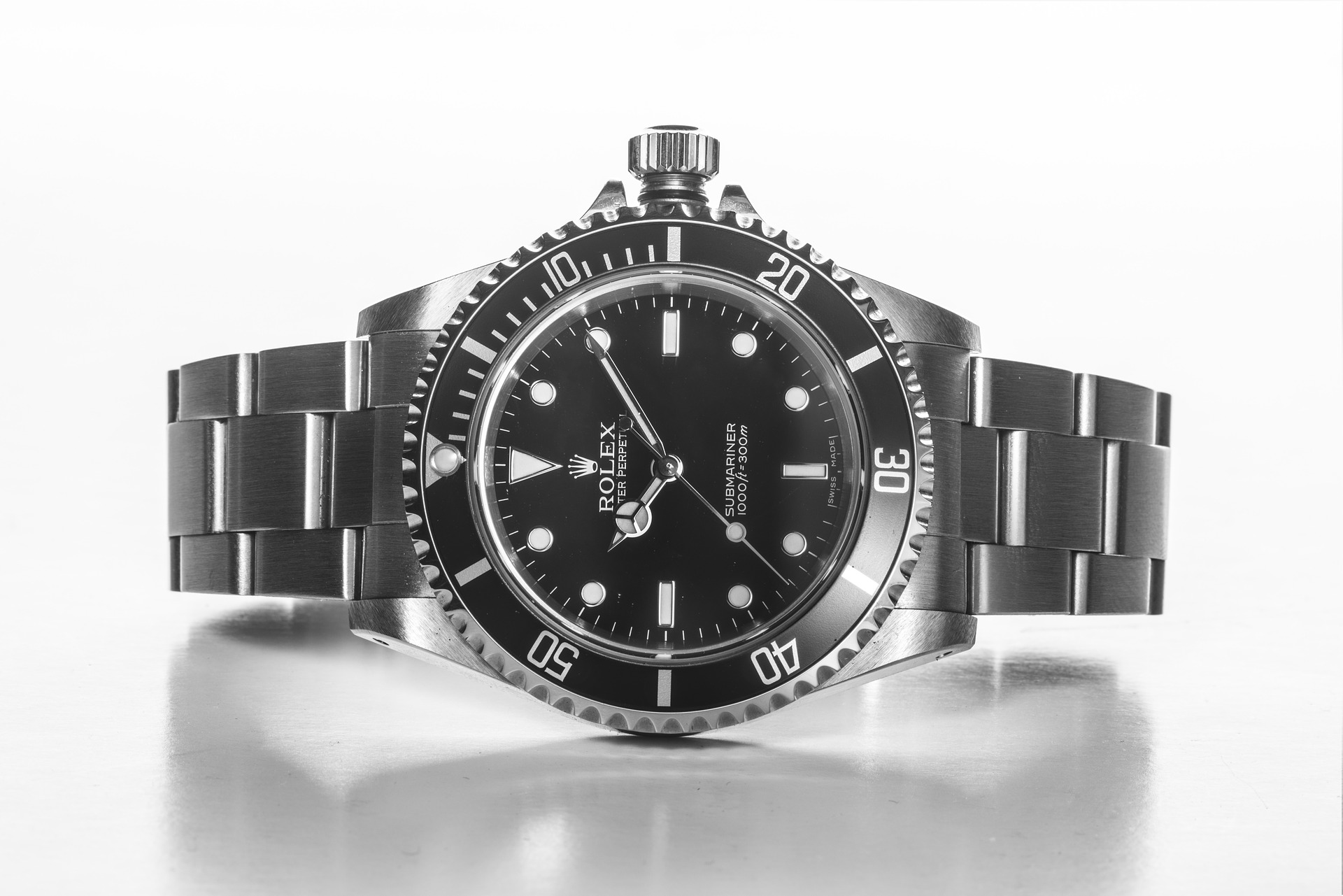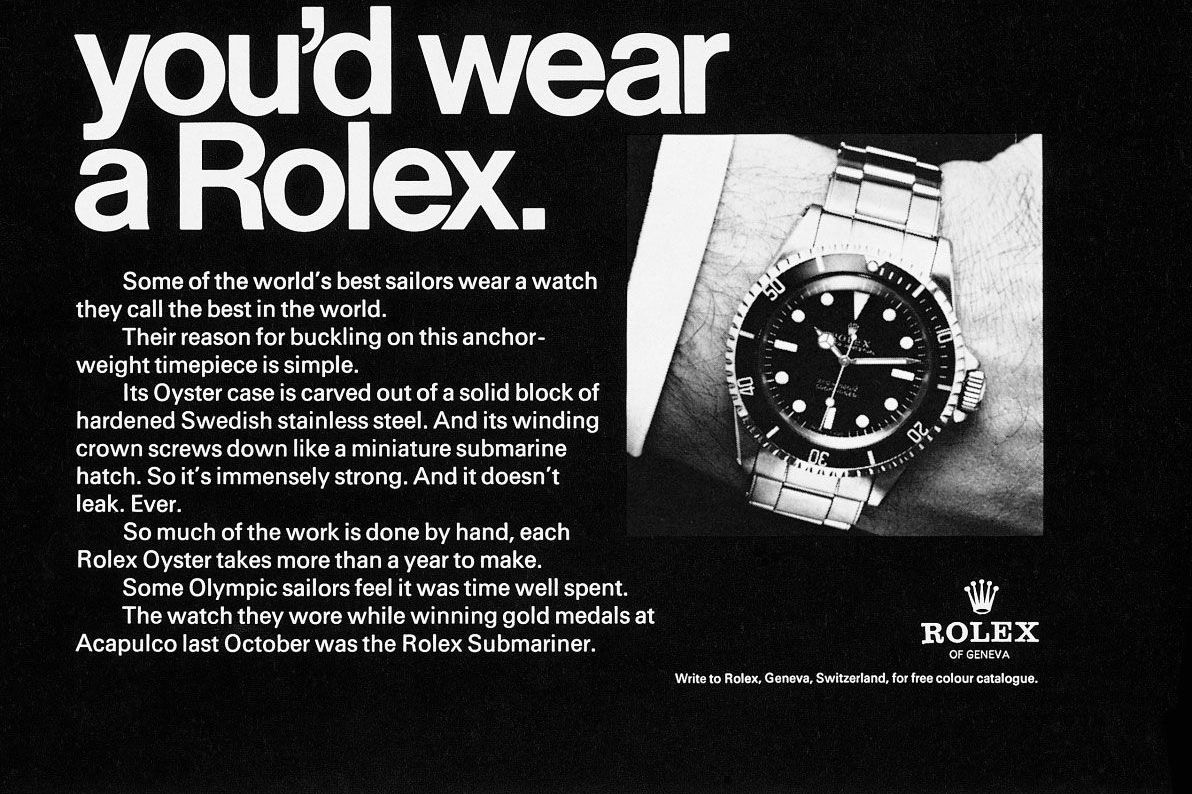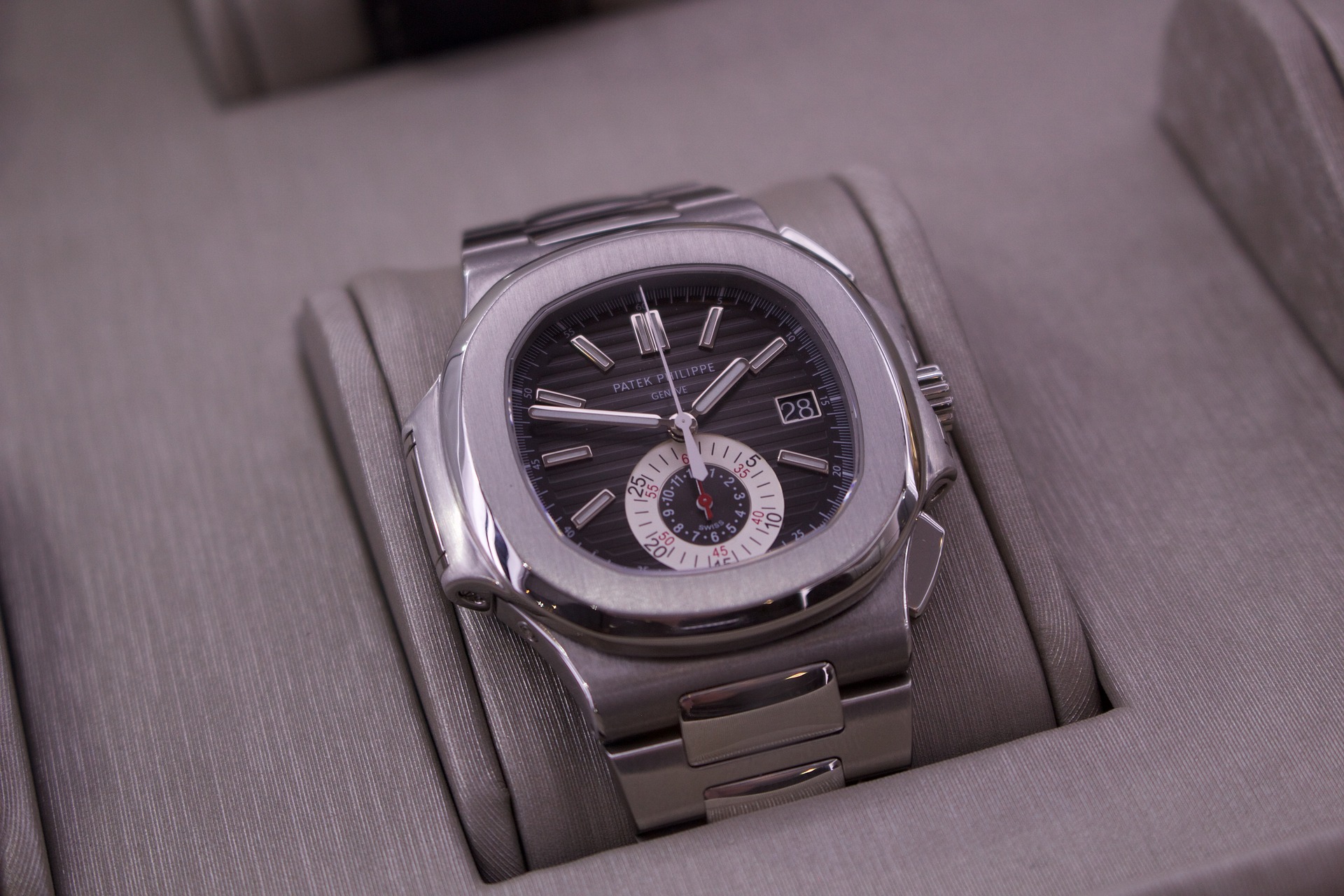IWC is one of the top luxury watch companies in the world. It is also one of the most innovative luxury watchmakers today, known for pushing the boundaries, and constantly evolving with its watchmaking techniques, its designs, and its calibers. IWC has a rich history, much of which can be seen in IWC’s modern timepieces, influenced by their heritage.
It’s known for being one of the more exclusive watch companies, with top-notch quality timepieces, made with great attention to detail.
In this article, we list the top 22 most interesting facts about IWC watches which can give us an insight into what has made IWC so immensely successful, and what has built IWC’s great reputation.
Top 22 facts about IWC watches
1. IWC was founded by an American
IWC is a Swiss watch company but it was actually founded by an American. Of course, the name can be a little revealing, but the fact that Americans would create watch companies in Switzerland at this time was very unusual, if not non-existent.
IWCs watches are indeed made in Switzerland, however, the idea of the company didn’t come from a Swiss, as most of the other watch companies did.
2. IWC was founded by Florentine Ariosto Jones
Florentine Ariosto Jones was from Boston and was an American engineer and watchmaker. He traveled all the way to Switzerland in 1868 in order to put up his own watch company. He already had the name in place: “International Watch Co.”
With him, he brought his knowledge of American production techniques and aimed to combine this with the tradition of Swiss watchmaking.
The goal was to manufacture movements and watch parts for the American market, and it was clear that his goal was to go international all along, considering the company’s name.
3. IWC was founded in 1868
The IWC brand is long and rich and has a great heritage which adds to the appeal of the watches today.
4. IWC started in in Schaffhausen
Most watch companies in Switzerland started in Geneva or the surrounding areas, but not IWC. In fact, IWC is the only Swiss watchmaker located in the eastern region of Switzerland.
Instead, Jones decided to put up his factory in the town of Schaffhausen. This was a long distance away from the watchmaking districts in Switzerland.
The reasons for this are several. First and foremost, Schaffhausen had modern factory facilities and was close to the Rhine, which allowed him to power the machines in his factory through a hydropower plant. Most importantly, though, was that the French-speaking areas of Switzerland were resistant to Jones’ idea of an international watch company in fear that their companies and heritage would be threatened by American industrial processes. As such, he set up his company in the German-speaking part of Switzerland.
5. IWC doesn’t make watches for telling the time
Of course, for a watch company, this may seem odd, but the American President of IWC, Edouard D’Arbaumont actually said in a 2016 interview that “We don’t think anybody is buying our watches to tell time. It’s all about the DNA, the history of our product, and also what is behind our watches. We have to tell stories, like in the film industry.”
As such, IWCs watches are more about the exclusivity and sense of occasion they bring to the wearer, and while watches do tell the time, this makes perfect sense for all luxury watches, which many times are worn as a piece of jewelry, craftsmanship, and history.
6. The IWC Portuguese was made for two Portuguese businessmen
The iconic Portugeiser watch from IWC was made for two Portuguese businessmen, and this can be seen in the name of the watch.
However, the first IWC Portuguese watch was delivered to a watch wholesaler in Odessa, Ukraine on February 22, 1939.
The businessmen who ordered the watch wanted a timepiece that would have the accuracy of marine chronometers.
In 1942, though, the first Portuguese watch would come to Portugal.
7. IWC stands for International Watch Co
This reflected Jones’s plan to sell his watches internationally.
8. Most of IWC’s cases are made in-house
Back in the day, IWC made all of its watch cases in-house, but now, parts o the process has been outsourced due to the high demand for the watches, and most likely also to decrease production costs.
9. More than 40% of the movements used in 2005 were in-house
IWC doesn’t only make in-house movements but also purchases movements from ETA/Valjoux.
10. IWC doesn’t reveal their total production
Like most luxury watch companies, IWC doesn’t reveal the total production. Before it was acquired by Richmond, the company did, and the numbers that IWC makes are relatively low due to it being an exclusive luxury watch brand.
With the increased demand, many parts of the process are done through mass production, but there are still many parts of the watchmaking process which is made by hand, such as finishing and assembly.
11. IWC established its motto “Probus Scafusia” in 1903
IWC’s motto is Probus Scafusia which means “good, solid craftsmanship from Schaffhausen“. This was established as the official motto of IWC in 1903 and a motto that still stands true for IWC today.
12. IWC manufactured its first digital watch in 1885
13. Schaffhausen was bombed in 1944 and the factor was hit by a bomb
An error from the United States Army Air Forces caused them to drop a bomb on the town of Schaffhausen. IWC’s factory was hit by a bomb on the 1st of April 1944, but it failed to detonate.
The flames from nearby bombs, however, reached the factory, but the fire was extinguished by the company’s own fire brigade.
14. After the war, 1973 was the most successful year of IWC
15. The director of IWC founded the LMH Group in 1991
With its headquarters in Schaffhausen, the LMH Group was founded by the IWC director Günter Blümlein. This had a 100% stake in IWC.
16. IWC was acquired by Richemont in 2000
The luxury goods group Richemont acquired IWC for CHF 2.8 b in July 2000.
17. IWC started to keep records for each watch that left the factory in 1885
From 1885 onwards, IWC started keeping detailed records for each and every single watch living in the factory.
This included movement, case, as well as materials. Additionally, IWC has saved spare parts for each of its models and thus claims they are able to maintain and repair every watch it has made ever since 1868.
18. IWC moved into its own factory in 1875
Originally, IWC didn’t have its own factory, but IWC bought a hydroelectric company in 1875 on the banks of the Rhine. This factory had space for 300 workers to meet the expansion of the IWC brand.
19. IWC was acquired by Johannes Rauschenbach-Vogel in 1880
The family of Johannes Rauschenbach-Vogel continued to run IWC for four generations. And eventually, it would include Dr. Carl Jung by marriage on the board of directors.
20. IWC created its first pilot watch in 1936
Today, IWC makes several Pilot watches that are iconic for their design and size, and in 1936, IWC made its first Pilot watch. This is the big Pilot model which is still made today.
21. IWC launched its Ingenieur model in 1976
Designed by Gerald Genta, designer of several iconic watches, s such as the Patek Philippe Nautilus and Audemars Piguet, Gerald Genta also designed the Ingenieur for IWC. Just like the other mentioned models, this was a luxury sports watch.
22. IWC created the first titanium luxury watch bracelet in 1978
Conclusion
IWC continues to build its history and at the same time values its past with new innovations but also by paying tribute to tradition. IWC is one of the top luxury watch companies in the world, and its rich heritage and history have enabled it to establish itself as an innovative company with great attention to detail and quality. Which of these facts about IWC watches did you find most interesting?




![Complete List of German Watch Brands [German Watch Companies]](https://millenarywatches.com/wp-content/uploads/2022/10/pexels-linda-kokina-5928173.jpg)








